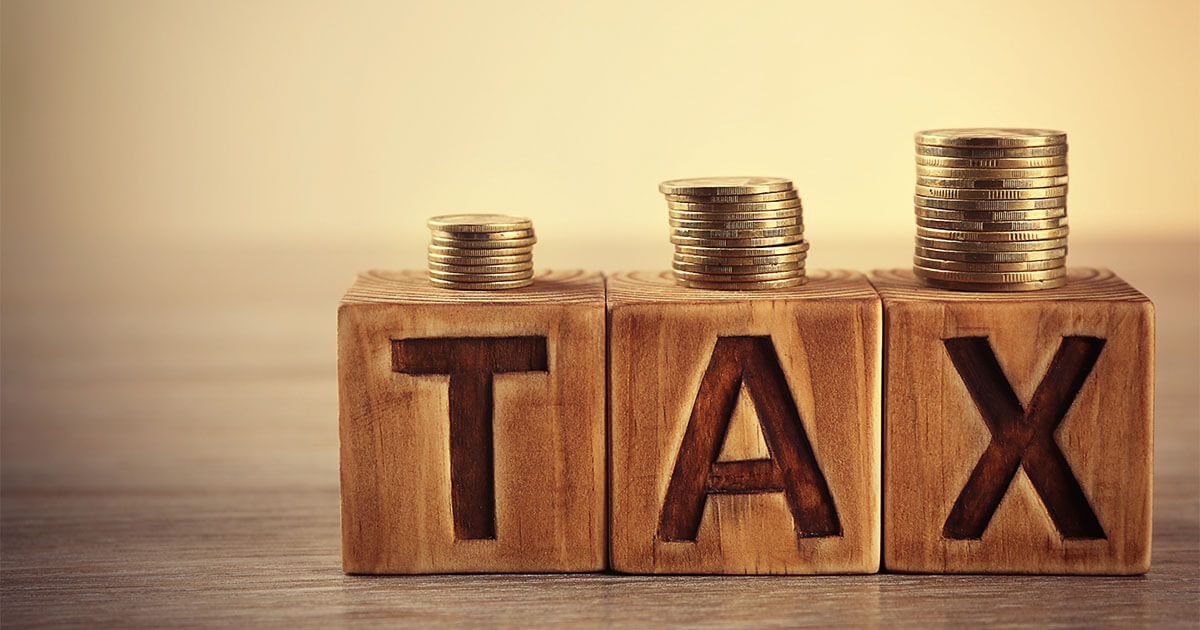Applying for your UTR: A step-by-step guide
UTR, HMRC, Sole Trader, Limited Company: The business world is no stranger to jargon, and wading through forums and government sites can be tiring and confusing. Although it can seem like another bothersome admin task, applying for your UTR is necessary and can be quite simple – if you know how to do it. This article will outline what you need to know and point you in the right direction to obtain your Unique Taxpayer Number.
Who needs a UTR number?
First things first: Who needs a UTR number? The answer is, luckily, very straightforward. Anyone who has to complete a tax self-assessment needs a UTR number so they can successfully file their tax return. You need to file a tax return if you were self-employed as a ‘sole trader’ earning more than £1,000 in the last tax year, or if you are a partner in a business partnership. It might be that you’ve already applied for your UTR, but you’re not sure which number it is. In that case, you can read this article on how to find out your TIN which will help you get the information you need.
If your business is in construction, you’ll most likely have your CIS (Construction Industry Scheme) registration. It’s helpful to know that you need to apply for a UTR in addition to your Construction Industry Scheme registration - also known as CIS registration.
Types of Taxpayer Number
Unfortunately, a taxpayer identification number is not a one-size-fits-all piece of documentation. Depending on which kind of matter you need to tend to, a taxpayer number may refer to a NINO (National Insurance Number) or a UTR (unique Taxpayer Reference). This article will be focusing on UTRs: This is the number you need for most business matters, whilst your NINO is more important for applying for things like social security.
Your UTR is 10 digits long, and unique to you. Keep this number in a safe place, because in order to make sure you adhere to good bookkeeping standards, you’ll need to access it once in a while to file your tax returns properly. If you’re unsure where to find your UTR number, take a look at any documentation you have received from HMRC. You’ll most likely have it stated on there.
In the case of limited companies, you need a UTR number for that business in particular. Your personal UTR number is not what you’ll need in this case. The reason for this is so that HMRC can identify your limited company to see how much tax is owed. Once you register your limited company, you’ll get a UTR number for it and you can use it for your business accounts.
How to get a UTR number?
If you have not yet got your UTR number, it is a simple process to apply for one. Once you register to submit a tax self-assessment form you’ll automatically be issued one by HMRC. This also applies if you form a limited company. You can register for a UTR online with HMRC, and within a few weeks you’ll receive it in the post along with an activation code. This should be used within 28 days of reception.
What information do I need to apply for a UTR number?
Although the process to get a UTR is fairly straightforward, there are some guidelines to follow and necessary information you’ll need to submit. For example, you’ll need information which identifies you as an individual to HMRC, information such as your name, date of birth and current address. And remember that other taxpayer number mentioned earlier, the NINO? You’ll need that too. Basic information such as a telephone number and email address is also required so HMRC can get in touch with you whenever necessary.
Information relating to your business should also be kept at hand, such as the date from which you began being self-employed, as well as your business contact details, should they differ from your private contact details. The type of business you run is also something you’ll need to show. Once you’ve gathered this information, you’ll be set to apply for your UTR.
Where to find a lost UTR?
The best of us misplace things, and unluckily this often happens when we’re trying to keep something safe. Although you’ll need your UTR quite regularly, the piece of documentation with the number on it probably won’t be part of your daily routine, and so you might forget where you’ve placed it, or lose it for any other number of reasons.
The best way to recover a lost UTR is to carefully sift through your correspondence with HMRC, as it should be stated on letters and other post you get from HMRC. However, if you don’t have access to these documents for whatever reason, there is a helpline you can call, and there is a dedicated page at gov.uk to help you recover a lost UTR.
Please note the legal disclaimer relating to this article.



